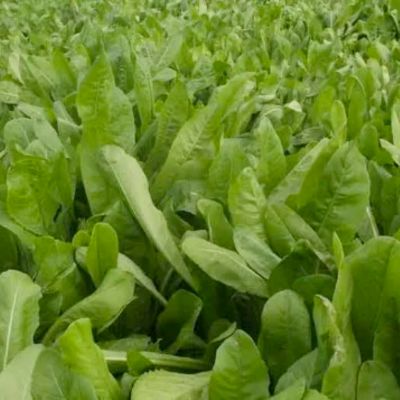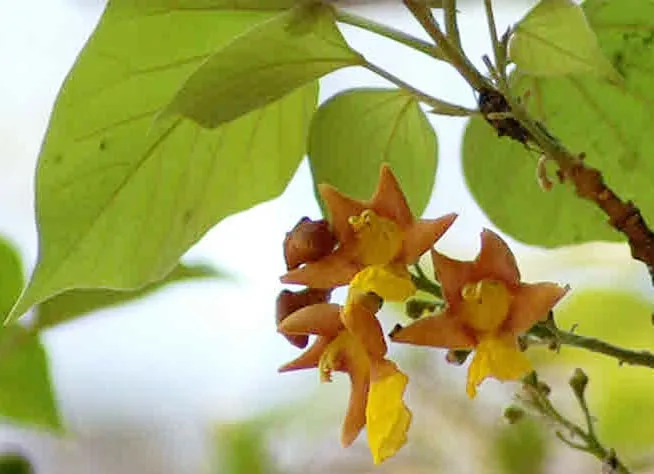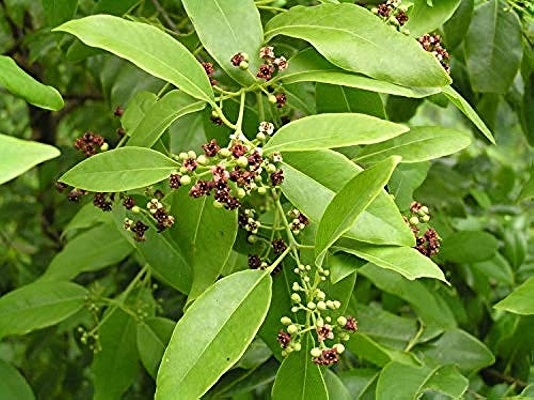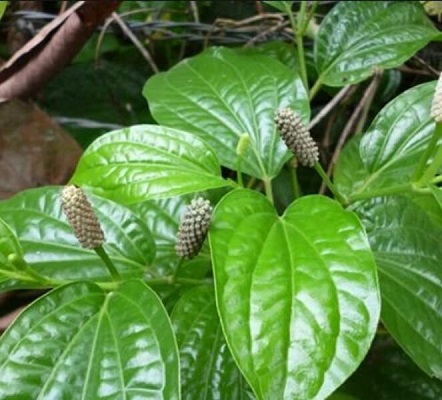On This Page
Gambhari – Gmelina arborea
Introduction
Gambhari is a deciduous, fast growing tree. The name itself came from the fast growing ability of the plant. It is commonly known as Candhar tree. In Sanskrit it is also named as Kasmari as it is a beautiful tree. The plant was discovered by Gmelina hence the Genus name given. The wood of the plant is used for making furnitures. In Ayurveda many medicinal preparations are made by this plant because of its valuable properties.
Dr.Gupta’s IAFA has been constantly working on Gambhari plant to find outits medicinal properties. Experts in IAFA found out that the plant can act as an anti-inflammatory, anti-helminthic, anti-bacterial, anti-fungal, anti-diarrhoeal, antipyretic and antiallergic agent. Our Experts have conducted many studies on this plant and found that Gmelina arborea contains an is axazole alkaloid called preminazole, so the plant can acts as anti inflammatory agent. Methanolic extracts of stem bark can be used for abdominal and urinary disorders. It possesses hepatoprotective and cardio protective actions. The alcoholic and acqueous extracts of leaf shows anti helminthic action. Various phyto constituents like alkaloids, saponins, carbohydrates, phenolics, anthraquinone and tannins are present in the leaf and stem bark extract of Gmelina arborea.
Action of Gambhari – Gmelina arborea in Allergies
IAFA experts have successfully proven the antiallergic property of the plant Katuki. The plant contains phytoconstituents like picroside 1, picroside 2, kutkoside, picorhizin, kurrin, vanillic acid, kutkiol, kutkisterol, D-mannitol etc. These phytoconstituents aids the antiallergic and anthelmintic property of Katuki. Paste or powder of Katuki can be effectively applied on the skin to alleviate skin allergic conditions.
Vernacular Names
| Sanskrit Name | Gambhari, Kasmari |
| Hindi Name | Gambhari, Ghambhari |
| English Name | Candhar tree |
| Malayalam Name | Kumizhu, Kumpil |
| Kannada Name | Shivani |
| Telungu Name | Peggummudu, Peggummadi |
Botanical Name
Gmelina arborea
Family
Verbenaceae
Morphology of Gambhari- Gmelina arborea
- Moderate sized deciduous tree.
- Grows upto a size of 15-30 m
- Root – Tap root, cylindrical, bark often exfoliates into flakes.
- Stem –Erect, branched
- Stem Bark is greyish outside and yellow within.
- Leaves – Broadly ovate acuminate, margin is entire. Upper surface glabrous when mature
- Petioles – Long, cylindrical, glandular at the top.
- Inflorescence- Panicle about 30 cm long
- Flowers – Small,5 lobed 2 lipped. Petals are brownish yellow in colour.
- Fruit- Drupe,orange yellow when ripe
- Seed- Elliptic, 2-4 in number.
Ayurveda reference of Gambhari – Gmelina arborea

Geographical distribution of Gambhari – Gmelina arborea
It is distributed all over the world mainly in India, Malaysia, Pakistan, Brazil etc. In India it is commonly found in Kashmir. It is also distributed in hilly regions of South India. It grows in moist fertile soil.
Phytoconstituents of Gambhari – Gmelina arborea
The phytoconstituents in the plant GambhariincludeGmelinol, cerylalcohol, yellow viscid oil, resin, B-sitosterol, which are present in roots. Luteolin, Apigenin, Quercetin etc. terpanoids, phenylpropanoids and phenolic components and flavanoids are present in leaves.
Parts used of Gambhari –Gmelina arborea
- Root,
- Root bark and
- fruit
Dosage of Gambhari – Gmelina arborea
- Root powder (Mula churna) – 3-6 gms
- Root decoction (Mula kwatha) – 50- 100 ml
- Root extract (Mula swarasa)-10-20 ml
- Fruit pulp (Phalam ajja)- 1-3 gms
Medicinal Properties of Gambhari – Gmelina arborea
- Dipana- Appetizer
- Pacana- Helps in digestion
- Medhya- Brain tonic
- Bhedana- laxative
- Trshnahara- reduces thirst
- Dahaprasamana- alleviates burning sensation.
- Snehana- gives unctuousness to body
- Rakthapittaghna- helps in bleeding disorders.
- Vrsya- Aphrodisiac

Have A Health Issue?
Consult Online
- Dr. Sahil Gupta (B.A.M.S., M.H.A.)
Ayurvedic Allergy Specialist
CEO & Founder of IAFA®
Home remedies of Gambhari – Gmelina arborea
The Indian System of Medicine, Ayurveda is purely based on naturally available herbs for treatment purposes. Gambhari is a naturally available non toxic herb and can be used to treat diseases like,
- In weakness (Dourbalya) –3-5 tender leaves of the plant made into paste by mixing with water. Add this paste into 1 glass of boiled milk and take it orally in empty stomach for 5 days.
- In Headache (Sirasula) – Leaves made into paste using milk and apply over forehead. After 20 minutes wipe out the paste.
- In Fever (Jvara) – Take 50 gm of fruit added with 500 ml water and boiled then reduced to 100 ml. 50 ml decoction taken internally twice daily before food for 3 days.
- In bleeding disorders (Rakthapitta) – 10 gm of fruit pulp along with honey should be taken internally for 7 days.
- In Foetus emaciation (garbhasosha) –To25 gm each of fruit pulp of Gambhari and Yashtimadhu add 100 ml of milk and 400 ml water and boiled then reduced to 100 ml.50 ml milk decoction is taken internally twice daily for 2 weeks
- In Inflammation (Sopha) – To 30gms of crushed roots of Gambhari added with 120 ml of water ,boiled and reduced to 30 ml . This root decoction should be taken internally twice daily before food for 7 days.
- In Diarrhoea (Atisara)- 20 gm each of Fruit of Gambhari, Amalaki and 40 gm of sugar added with 1 litre of water and boiled for 40 – 50 minutes. Allow the preparation to settle down then take the upper layer of the preparation and take it internally for 2 days.
- In Hair fall – Water boiled with 5-6 fruits of Gambhari is used to wash the hair to prevent hair fall and it helps to increase the hair growth.
Dr. Gupta’s IAFA is conducting various studies on naturally available drugs to provide pure and non toxic Ayurvedic medicines. Our treatment is based on Ayurvedic principles. Our studies and researches are mainly focuse on alleviating allergic disorders by using naturally available herbs . We areconcerned about the safety of our customers by subjecting our products to various tests.
Reach IAFA for safe herbal remedies for all your ailments!!!
Was this Page Helpful?
Read More Articles
-

Kasini (Cichorium intybus)
Kasini (Cichorium intybus) commonly known as Chicory is a perennial herb, with large…
-
-









